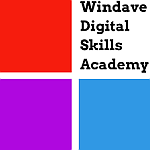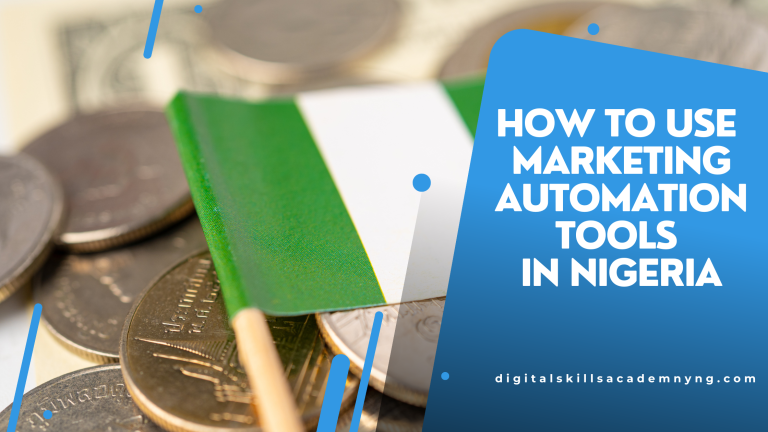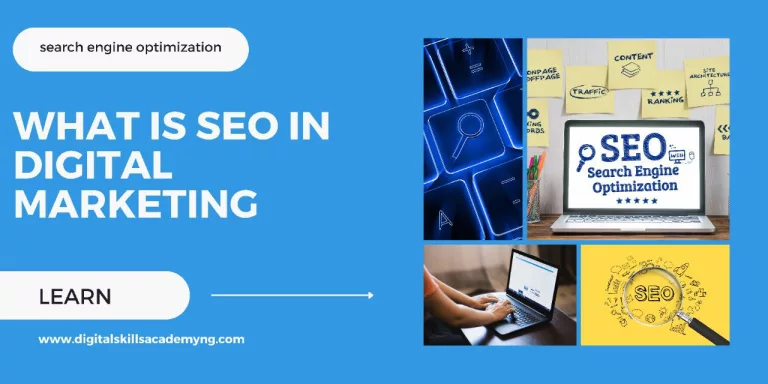Digital marketing trends for business owners. With technology advancing at a ridiculous rate, majorly due to cultural and social trends, global events and crises, changes in consumer behavior, and technological advancements, it is essential as a business owner to keep yourself and your skills up to date. In the dynamic world of digital marketing, staying ahead isn’t an option but a strategic must.
Surprisingly, many firms fail to capitalize on the unlimited opportunities given by the digital space, instead choosing to remain in the shadows of old approaches.
The application of trends will help you formulate result‐oriented strategies to boost business development and brand awareness, which is equivalent to staying relevant in a competitive marketplace.
In this article, we will learn of the digital marketing trends you need to watch out for to grow your business in the digital space.
Digital Marketing Trends for Business Owners
Table of Contents
Social Media Networking:
Social media platforms are increasingly becoming an e‐commerce ecosystem, blurring the lines between social media and online shopping. It has now become a main medium for brands to engage with their target audience, with its diversified features that allow marketers to tailor those strategies to specific demographics. Social media also introduces new features that shape digital marketing strategies. For instance, from Instagram’s immersive stories to interactive polls, marketers use social media to build stronger connections with their audiences and create meaningful interactions.
Including a unique social media marketing strategy in your business growth strategy will boost your online presence.
Voice Search Optimization:
Say goodbye to the old‐fashioned text‐based searches and welcome the era of voice‐activated queries. Voice searches are different from the former in terms of length and the tone of conversation. Users are more natural when speaking compared to typing. With the escalation of voice-activated devices and more people using voice searches without even picking up their phones, brands must incorporate voice search optimization to ensure their content is easily discoverable in this evolving aspect of search traffic.
Video Marketing:
According to statistics, the average person spends at least 143 minutes watching online videos on the internet. You can gain from this by making video ads. Platforms like YouTube and TikTok have always been about video, while Instagram and Facebook focus on video content by introducing features such as reels. Social tools such as live streaming, short-form videos, vlogs, and tutorials are very efficient methods of catching the attention of your audience for engagement, entertainment, and educational purposes.
Studies have also shown that consumers are most likely to purchase a product after watching a video because it provides social proof which helps build trust and develop loyalty in the brand.
User‐Generated Content (UGC):
A rising trend that empowers your customers to become your brand ambassadors. It has revolutionized the way brands build connections with their audiences. It consists of a wide range of content formats from photos to videos to reviews and posts on social media. This allows brands to showcase their products or services from different perspectives, shaping the narrative of the brand and fostering a sense of community among the consumers. “UGC” often sways the purchasing choices of many consumers primarily because the content is presented in a way that resonates with their life problems or thoughts.
Influencer Marketing:
This strategy involves deliberate collaborating with individuals, popularly known as Influencers, who have a dedicated and engaging following on social media platforms or other digital channels. Sponsored ads, product reviews, giveaways, and brand mentions are a few forms of influencer marketing. Brands reward them with free products, money, or other incentives for their promotions. Although UGC and Influencer marketing may seem alike, they are very different.
While UGC refers to content created by users or customers rather than the brand itself, Influencer marketing involves the brand collaborating with individuals who have a significant amount of followers on social media platforms. While influencer marketing is paid, UGC is often unpaid and driven by genuine experience with the brand.
Artificial Intelligence:
Artificial Intelligence is a significant digital marketing trend that is shaping the industry in so many ways. For instance, we have AI-powered algorithms that easily and quickly analyze enormous amounts of data to understand customer preferences and behaviors. AI are always used by marketers to automate marketing‐related and digital marketing processes.
Email Marketing:
With AI developing daily, there are many new and updated tools you can use to make emails more efficient, personalized, and sent to a target audience. It creates room for interactive elements to be explored in emails (such as polls), also email marketers are paying more attention to data protection and compliance with regulations. It has become essential that emails are easy to read across various screen sizes and devices.
VR and AR Augmentation:
Technology continues to advance in the digital marketing space, providing marketers with new strategies and tools to reach customers in engaging ways. With Virtual Reality, you create a virtual environment by which your audience can enter while Augmented Reality alters your audience’s real surroundings by adding visual, sensory, or auditory elements. Virtual events, gamified experiences, and virtual showrooms are ways VR and AR augmentation can be used in digital marketing trends for business owners.
Story‐Driven Content:
The reason story‐driven content always wins is that it is a powerful tool that creates an emotional connection between a company, its products, and its customers, and that’s because it humanizes the company, captivating the hearts and minds of your audience. This drives action on the end of the customers. As great a tool as storytelling is, many marketers often fail at it because they build a story around what they have to offer instead of focusing on the customers; showing them you understand their problems and how you can solve them. Remember, a well‐crafted story sets you apart from your competitors.
Interactive Content:
This encourages participation and engagement from the audience. It is designed to be more immersive by being both informative and entertaining. The best part? It is highly shareable. For example, a leather company engages its customers by creating quizzes to educate them about its products. Customers will be able to make decisions on the kinds of shoes or bags they prefer, also to the specifics of the colors they would rather have it in. Interactive content also lets you talk to your audience in real-time, for instance, features like Instagram Live and Facebook Live let you talk to people while you’re recording your video.
Finally, you do not have to do all these trends at once. You will become a jack of all trades and a master at none. The best way to digital marketing trends for business owners is not to follow these trends, but to distinguish between short‐lived trends and those with the potential to revolutionize your business. Combining two or three of the trends listed above is recommended to remain visible in the online space.
Do not forget to share and follow for more digital marketing content.




